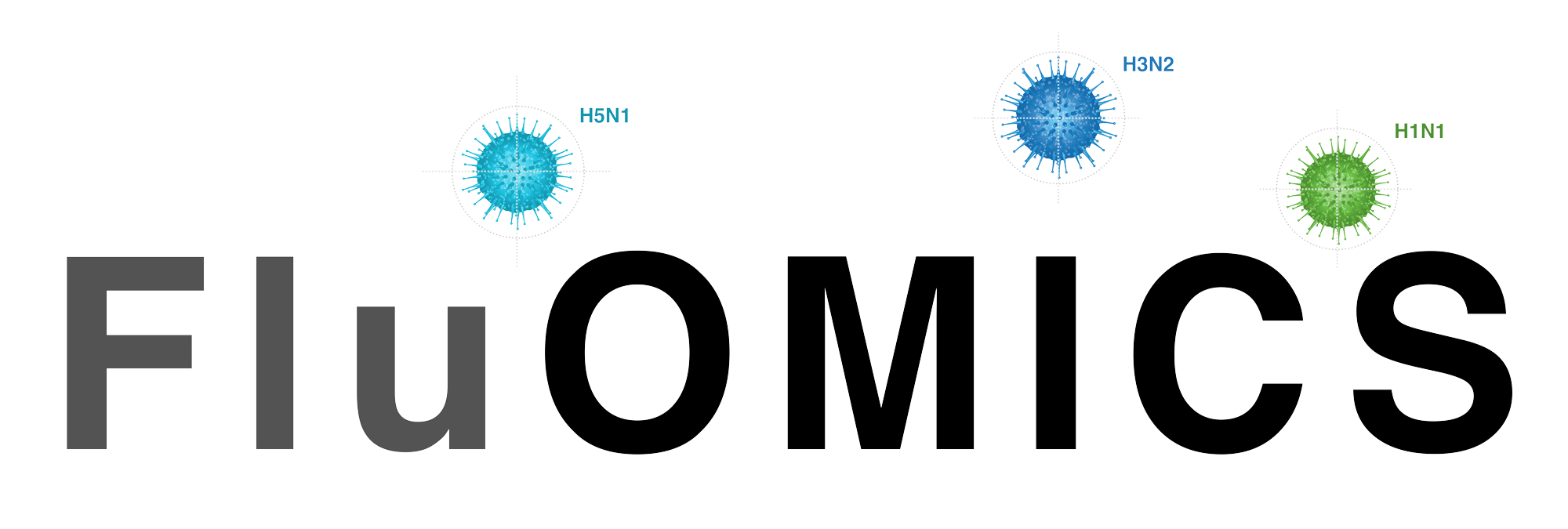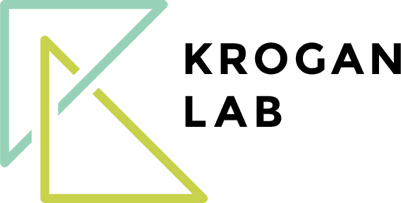Infections by pathogens – such as viruses and bacteria – pose a big threat to human health.
We have used a variety of approaches to study a wide array of bacterial and viral pathogens including: Human Immunodeficiency Virus (HIV), Influenza A Virus (IAV), Hepatitis B Virus (HBV), Hepatitis C Virus (HCV), Dengue virus, Zika virus, Ebola virus, Herpesvirus, Chlamydia, Pseudomonas, and Tuberculosis. By employing unbiased systems approaches to infectious disease, we can identify critical nodes for pathogenic persistence and infection in the host, which in turn can inform the design and development of new therapeutic strategies.
As most of our research, many of our infectious disease projects are performed in collaboration with researchers across US and the world:
The newly formed QBI Coronavirus Research Group (QCRG) is a collaboration between twenty-two laboratories in University of California, San Francisco to fight the COVID-19 pandemic. We build comprehensive maps to understand how the virus hijacks host factors for its own replication. As an immediate action plan, we aim to identify and recycle already FDA-approved drugs that have the potential to become effective treatment strategies. In the long term, these maps will enable identification of new drug targets. Find the latest data from QCRG here.

Under the umbrella of the Host-Pathogen Map Initiative (HPMI) which was jointly created with Jeff Cox at UC Berkeley, we create maps that identify parts of the cell that are attacked by multiple pathogens, enabling therapies that act against different diseases simultaneously. The mission of the Host-Pathogen Map Initiative is to understand how host cells respond to invasive microbes and identify the mechanisms by which pathogens thwart natural immunity. HPMI will apply systematic approaches to comprehensively identify the common molecular networks that underlie pathogenesis and will use these maps as key resources for novel therapies.

The Center for “HIV Accessory and Regulatory Complexes” (HARC Center) is an interdisciplinary research center aimed at creating a comprehensive structural picture of interactions between HIV viral proteins and key intracellular host molecules in the viral lifecycle. High-resolution structures of such complexes offer the potential for novel targeted drug design strategies in the treatment of AIDS. The HARC Center mission is to elucidate the molecular basis of systems that are essential for, or contribute to, the pathogenesis of HIV/AIDS, including the physical/functional interactions that occur between viral and human proteins, membranes, lipids and nucleic acids (DNA/RNA). The HIV accessory or regulatory proteins that we focus on are not currently targeted by anti-viral therapeutics, and so better molecular understanding of their functions and mechanisms may reveal new therapeutic strategies for intervention, including strategies that may escape the limitations of current drug regimens where mutations in the targeted HIV enzymes can diminish drug efficacy.

The multidisciplinary project “FluOMICS: The NEXT Generation” continues our systematic approaches to generating predictive models of influenza virus pathogenesis. Here, we leverage our previous collaborations that generated global datasets and models that predict severity of disease caused by three influenza virus strains with different levels of virulence. The overarching theme of this project is to obtain multiple OMICS-based systems level measurements and integrate them using modeling approaches and machine learning algorithms to identify and validate 1) host-virus networks that modulate influenza A virus disease severity, 2) biomarkers in blood that reflect the activation states of these networks and 3) novel host targets for therapeutic interventions.
